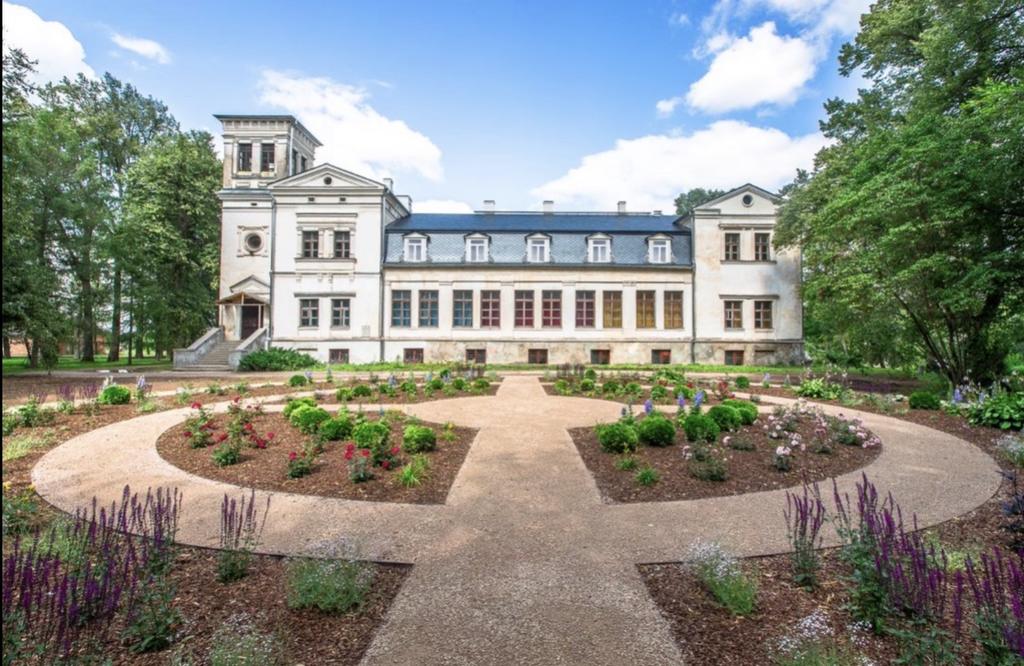MOST POPULAR PLACES IN VALGA
Valga Military Theme Park
- Pikk 16, Valga, 68206 Valga maakond
Come and learn about the Paju Battle of the War of Independence on the site where the battle took place. Or would you like to learn more about the past and present of national defence in Estonia? The Military Theme Park includes military vehicles, armoured vehicles, a tank, a bunker of Forest Brothers, a large collection of weapons and many other items. You can test your shooting skills on the shooting simulator. The Theme Park was founded on the initiative of border guards on the premises of the Valga Border Guard Region and was opened in 2000.
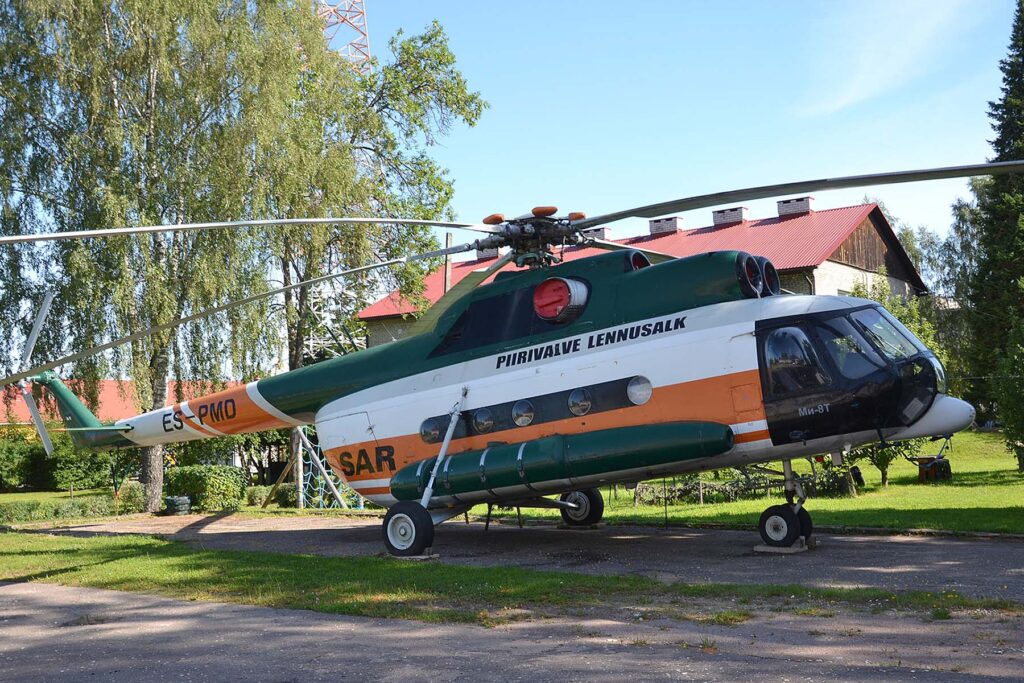
The heart of the twin city of Valga-Valka
- Valga
Valga is a town in southern Estonia and the capital of Valga County. Until their separation in 1920, Valga and the town of Valka in northern Latvia were one town. They are now twin-towns. The area of Valga is 16.5 square kilometres (6.4 square miles) and that of Valka is 14.2 km2 (5.5 sq mi). Their populations are respectively 12,261 and 6,164. On 21 December 2007 all border-crossing points were removed and roads and fences opened between the two countries with both countries joining the Schengen Agreement.

Nipernaadi
- Aia 10, Valga
NIPERNAADI, the eternal wanderer and dreamer, greets visitors and boldly raises his hat in the Säde park. Look at the sole of his raised travelling boot and you’ll see adventurous roads awaiting for you. If you manage to polish even the smallest part of it you will always have good luck accompanying your travels. Look into his eyes and you’ll start dreaming, too. If you happen to meet his eyes for a bit longer your longing will be filled with something beautiful and unusual. Wave him as you leave and adventures will follow. NIPERNAADI, a vigorous bronze sculpture inspired by the protagonist of the novel “Toomas Nipernaadi” by August Gailit is anxious to meet you.

Pedeli Light Traffic Track
The Pedeli River and the light traffic track that runs parallel to the river unite and also separate two countries and two cities. In Valga-Valka, you can walk from one country to another almost without noticing it. Take some time out and compare the flora, fauna and landscapes of Estonia and Latvia. The track is currently 5 km long and you can pass it by walking, cycling and roller-skating or roller-skiing. It is best not to rush here as there are many children’s playgrounds, rest areas and a beach (which is supervised by life guards in summer) right by the track. The light traffic is constantly under development, so it pays to come back again and again!

Valga railway station
- Valga, 68204 Valga County
Railway station building called Walk was inaugurated in 1889. It was a red-brick building in Historicist style. The historical railway station was destroyed in the battles of World War II. The new station building was completed in 1949. From 2017, the magnificent Stalinist railway station building is under heritage protection.
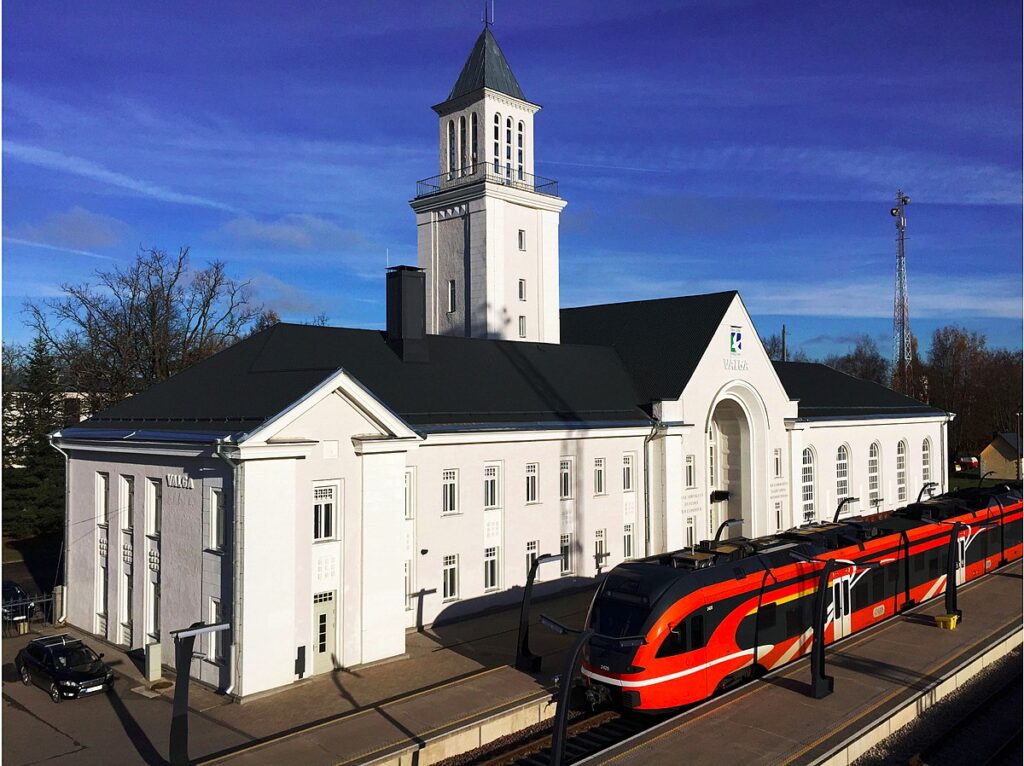
Valga Jaani (St John’s) Church
- Jaani 5, 51007 Tartu
Jaani Church, located right in the heart of the city, was built in 1816 according to the design of architect Christoph Haberland and it is the only church in Estonia with an oval ground plan. The unique organ has been preserved in its original shape and it is the only instrument built by Friedrich Ladegast still left in Estonia.
Interesting facts:
- the organ is one of the 200 best organs in Europe;
- music can be heard from the church’s bell tower at midday and midnight.
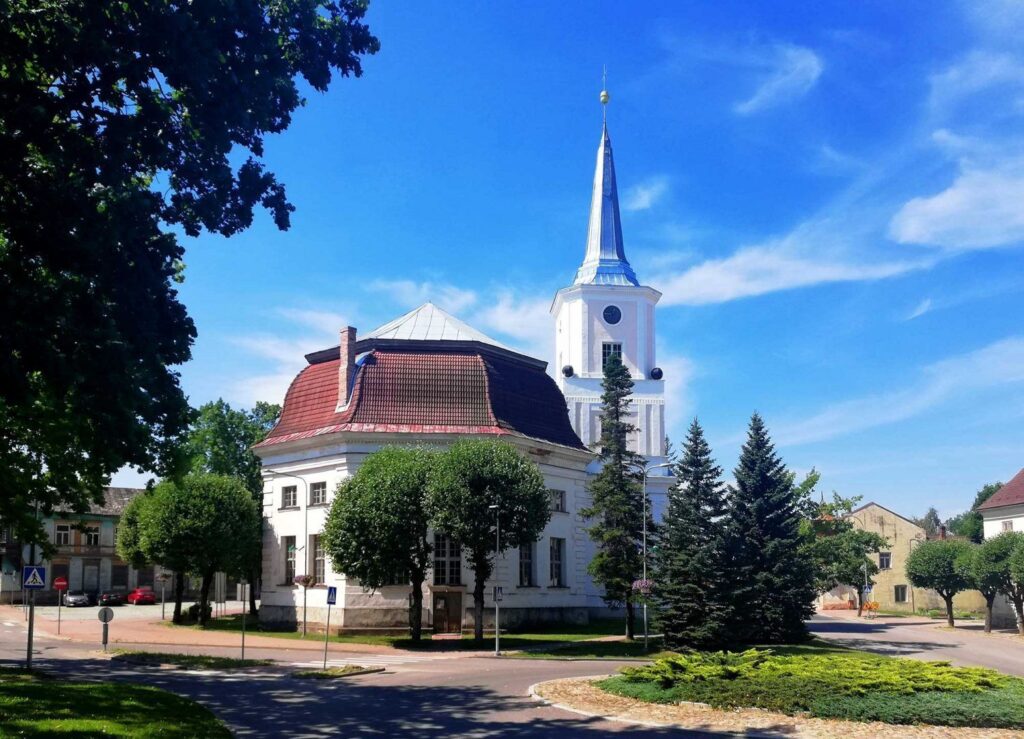
Railway Monument Engine
The year 1886 when the plan to build the Pihkva-Riga railway with a branch from Valga to Tartu became a crucial year in the development of the little town. The steam engine monument erected near the Valga railway station in 1998 celebrates the 110th anniversary of the Pihkva-Valga-Riga rail connection. Engine SU 251-98 was built in the Sormovo Shipyard in 1949.
Interesting facts:
- the engine weighs 87 tons and its output is 12 tons of steam per hour;
- Riga-Pihkva railway was officially opened on 22 July 1889 in Pihkva.
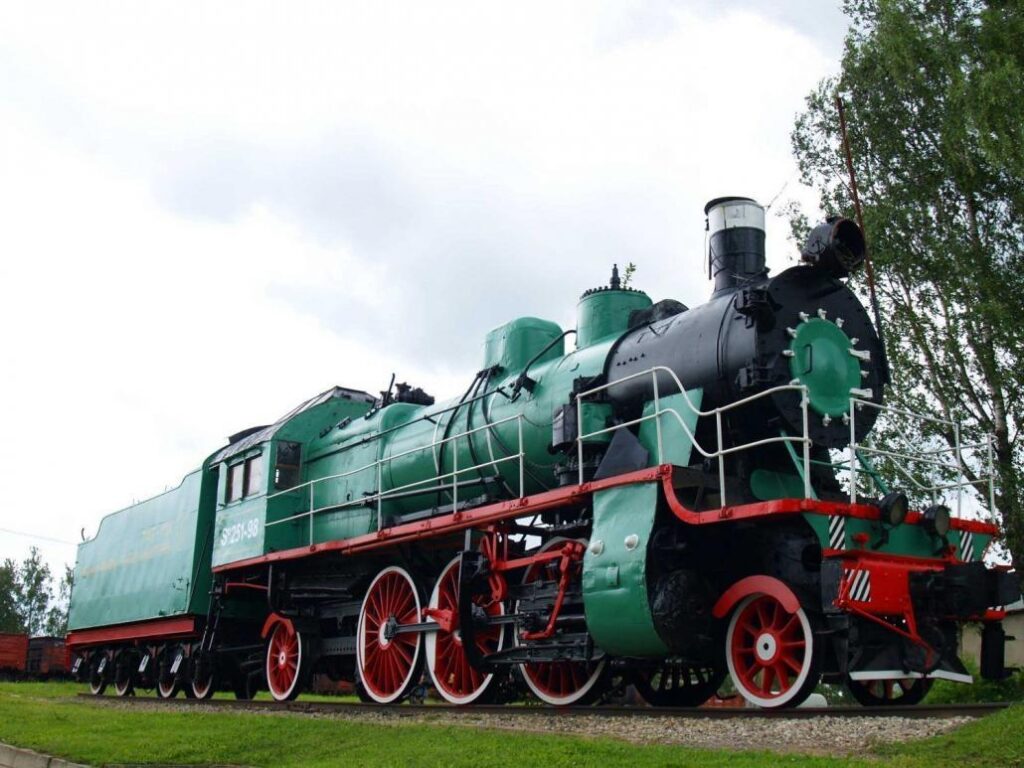
Karula National Park and National Park Visitor Centre in Lake Ähijärv
Karula National Park is the smallest national park in Estonia, established in 1993. The landscape of Karula is rich in lakes: there are 60 of them in the highlands. The picturesque Kaika domes are located in Karula National Park. The highest peak is Hill Tornimägi in Rebasemõisa. The territory of the national park is open to everyone: families, backpackers, and nature lovers, offering various opportunities for recreation and hiking. The Visitor Centre by Lake Ähijärv provides information on Karula hiking trails, recreational opportunities, and attractions. The permanent exhibition introduces the history, nature, and folk culture of the Karula area, as well as the modern way of life.
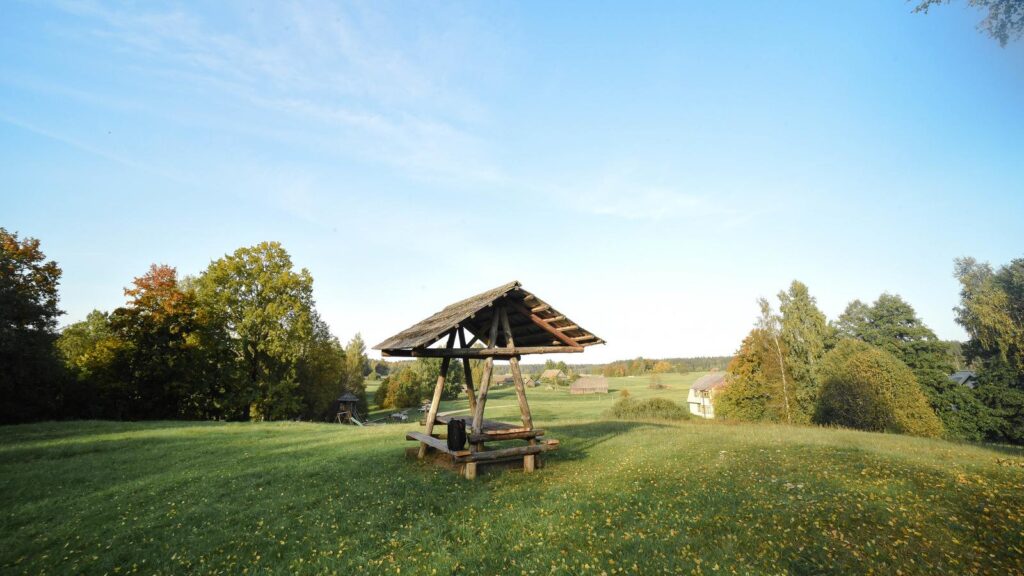
Kaagjärve Manor and garden
- Kaagjärve Mäemõisa Kaagjärve Mõis, 68115 Kaagjärve, Eesti
In the middle of an ancient park is an old picturesque building built by the Grothe family in the 1880-ies. You can climb up the viewing tower and cast a glance over the picturesque Southern Estonian landscape. You can spend a night in the company of a friendly ghost, existing in every real manor house. You can stay here alone or with a family or a group of friends up to 35 people. Sweet dreams are guaranteed. You can rent a bike and explore the neighborhood on your own. You might even find a hidden chapel, called Kroodimägi, where the last members of the Grothe family are buried.
